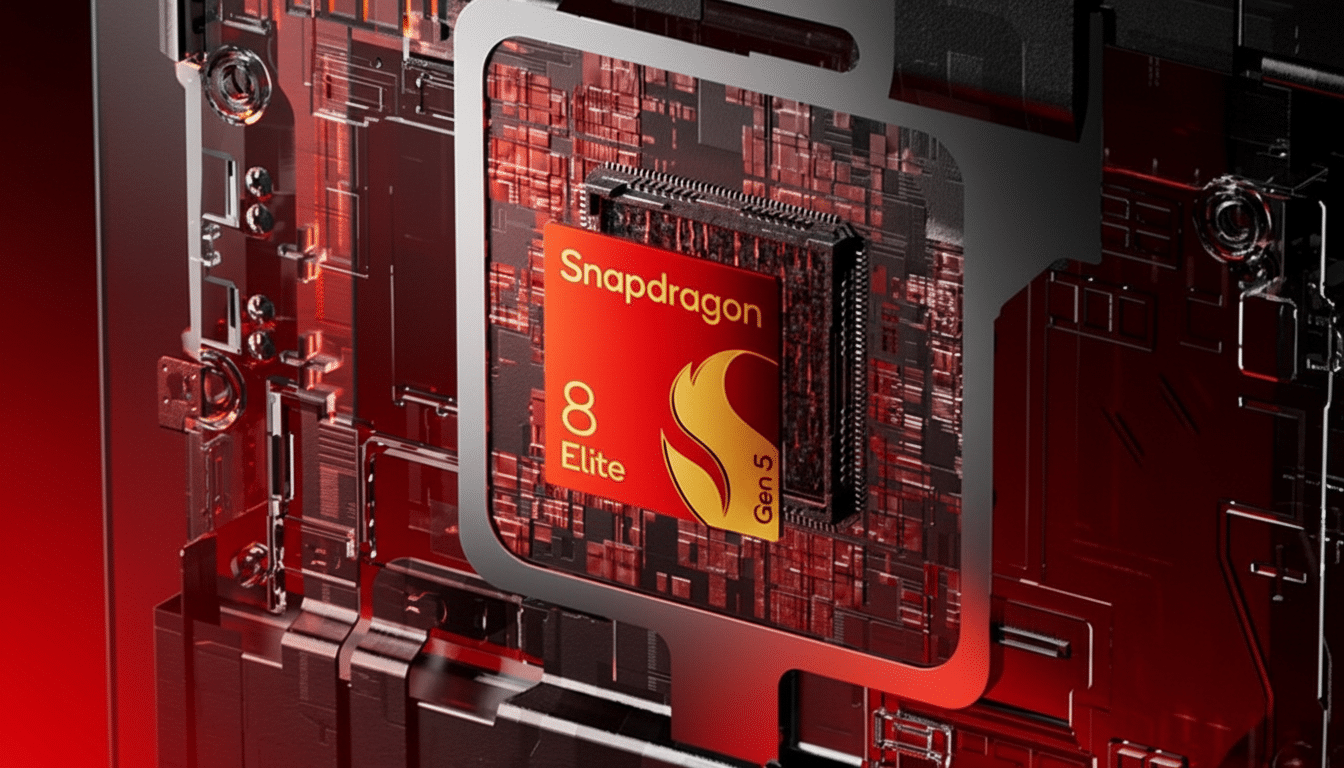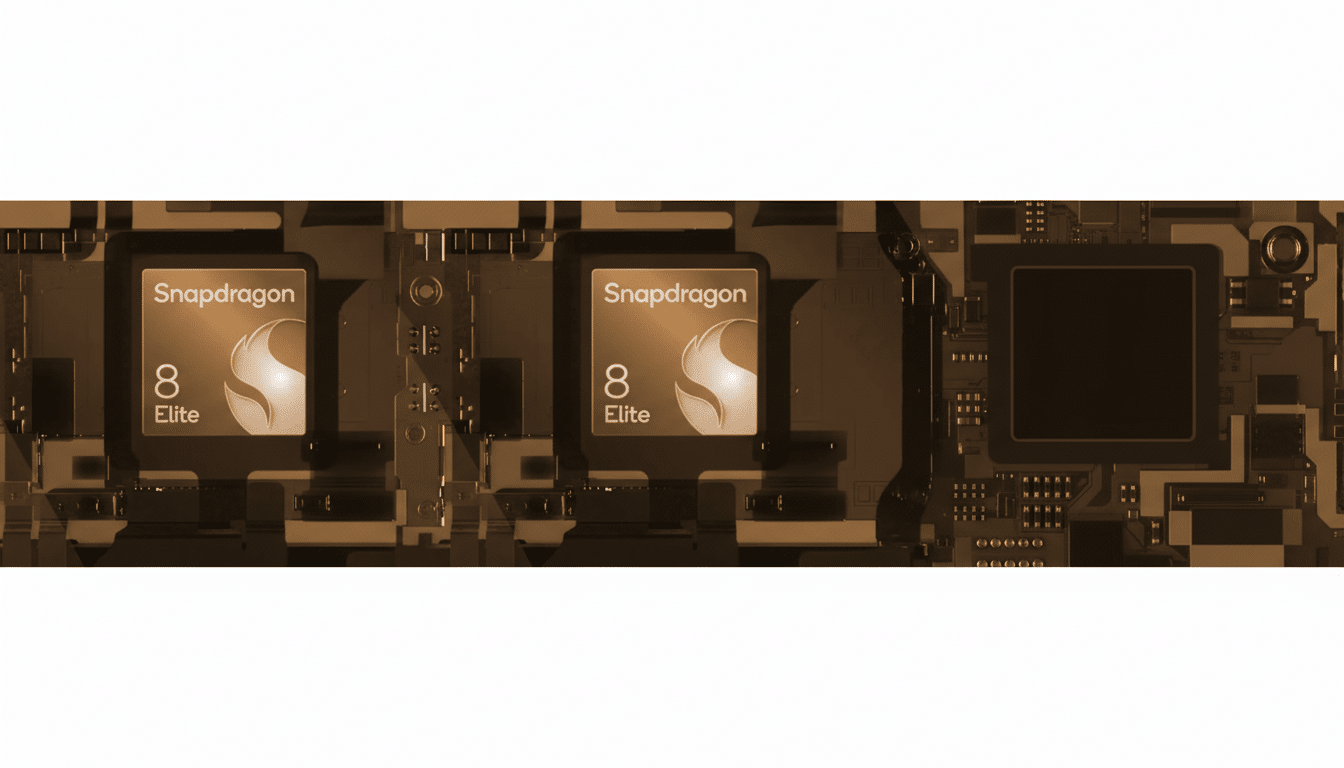For its forthcoming flagship mobile platform, Qualcomm may well be going after a new top tier while fragmenting the premium Android market. According to a reputable leaker, Digital Chat Station, the Snapdragon 8 Elite Gen 6 will have both a Standard and Pro model designed for different price and performance points. That should spell more choice for phone makers and power users, but also creates new questions about what “Gen 6” will indicate on a product’s spec sheet.
The talk is that both will be built on the same foundation made possible with TSMC’s advanced N2P 2nm node and a 2+3+3 CPU cluster, with the Pro variation layering in faster memory support, increased GPU clocks and punchier AI acceleration.

Real-world, both chips should feel snappy; the Pro just appears tuned for heavier gaming, creative workloads, and long-term headroom.
What the Split May Look Like Across Specs and Performance
Both Snapdragon 8 Elite Gen 6 options maintain the same big core configuration as per the leak: two high-performance cores, three mid cores, and three efficiency cores. That topology is a reflection of modern flagship CPU designs, which separate maximum-response capabilities from sustained performance and battery-friendly tasks. You’ll see strong everyday speed on each, but the Pro will free up more thermal and frequency budget for demanding apps.
The starkest divide may be around memory and graphics. The Pro is rumored to accommodate LPDDR6, while the Standard uses LPDDR5X. JEDEC’s follow-up to its LPDDR4 and 5 series memory, next-generation LPDDR6 aims to advance bandwidth and power efficiency for high-resolution gaming, multi-camera-based imaging applications (even if that’s only two cameras today), advanced AI features on-device, and more. Combine that with a faster GPU and the Pro is the obvious option for 120Hz+ gaming or computational photography that relies heavily on real-time AI-based denoising and upscaling.
Under the hood, N2P is a big jump. TSMC says its 2nm-class technology could bring about a 10–15% speed boost at the same power or a 25–30% power reduction at the same speed compared to its previous leading-edge node. If this is the process both Gen 6 chips will share, baseline efficiency could tick up and the Pro’s extra headroom can be spent on clocks without instantly chewing through battery budget.
Why the Naming Could Mislead Buyers and Create Confusion
There are assumptions that can be made when two chips carry the same family name. Most shoppers glance at “Snapdragon 8 Elite Gen 6” and want to put the pedal to the metal. If the Standard and Pro vary in memory bandwidth, GPU speed, AI throughput and such, a phone with the “right” label but the “wrong” silicon could underperform over time — especially across numerous OS updates and feature drops.
This would not be Qualcomm’s first foray into segmentation. The company has already debuted the Snapdragon 8s Gen 3 as a quasi-flagship option, and the wider tech world for eons has used suffixes such as Pro or Ti to denote tiers. The distinction here is branding at the highest level: two flavors of the same generation banner. Counterpoint Research has previously observed Snapdragon 8-series platforms power the majority of premium Android devices — clarity on which 8-series you are getting is important.

Practical tip for readers: At launches, be on the lookout for memory type (LPDDR6 vs LPDDR5X), GPU frequency claims and cooling design as well, in conjunction with the chip name. Those three elements frequently determine sustained gaming performance, camera pipelines at 4K and higher, and how quickly on-device AI features that include image generation or transcription can run.
How It Fits Within Wider Chip Trends and Device Tiers
The rumored pairing feels very PC-GPU and laptop-processor: we’ve seen multiple bins of the same architecture to hit different price points for years. In phones, it also jibes with the breakout success of on-device AI (where TOPS numbers, memory bandwidth, and thermal envelopes now end up gating real features as opposed to just benchmarks). Possessing silicon with LPDDR6 could, for example, allow local models to be larger and richer, images generated faster, and stronger multimodal assistants without having to rely on the cloud as much.
This method also provides device manufacturers with some ironic leeway. Ultra-premium models can go after the Pro SKU with more aggressive cooling and high-refresh QHD panels, while mainstream flagships match the Standard bin up with more modest displays and smaller batteries, maintaining margins without giving up on the latest CPU cores.
What to Expect From OEMs on Labeling and Feature Support
Labeling will matter. Clear “Standard” or “Pro” chip identification on product pages would help to demystify what for many consumers is confusing terminology, though some companies may be in the habit of selling you marketing gloss. Read on and see if you find some independent verification from teardown reports, respected reviews, or during launch events verifying the memory standards and GPU targets.
Also look at software commitments for each tier. While the Pro model does sound like more powerful AI hardware, brands could quite easily keep some camera or assistant features for those models later down the line. Storage speed, modem capabilities and ISP pipelines are other specs that can further differentiate two phones with the same Gen 6 moniker.
Bottom Line on a Potential Two-Tier Snapdragon 8 Elite Plan
The leak by Digital Chat Station does create a believable picture of a two-tier Snapdragon 8 Elite Gen 6 strategy. If it’s true, that will make for better silicon/price point matching and more potential buyer confusion. Until Qualcomm and its partners make final details public, the better bet is to navigate around the headline chip name and look for those memory, GPU and AI specifics before you pull out your wallet.

